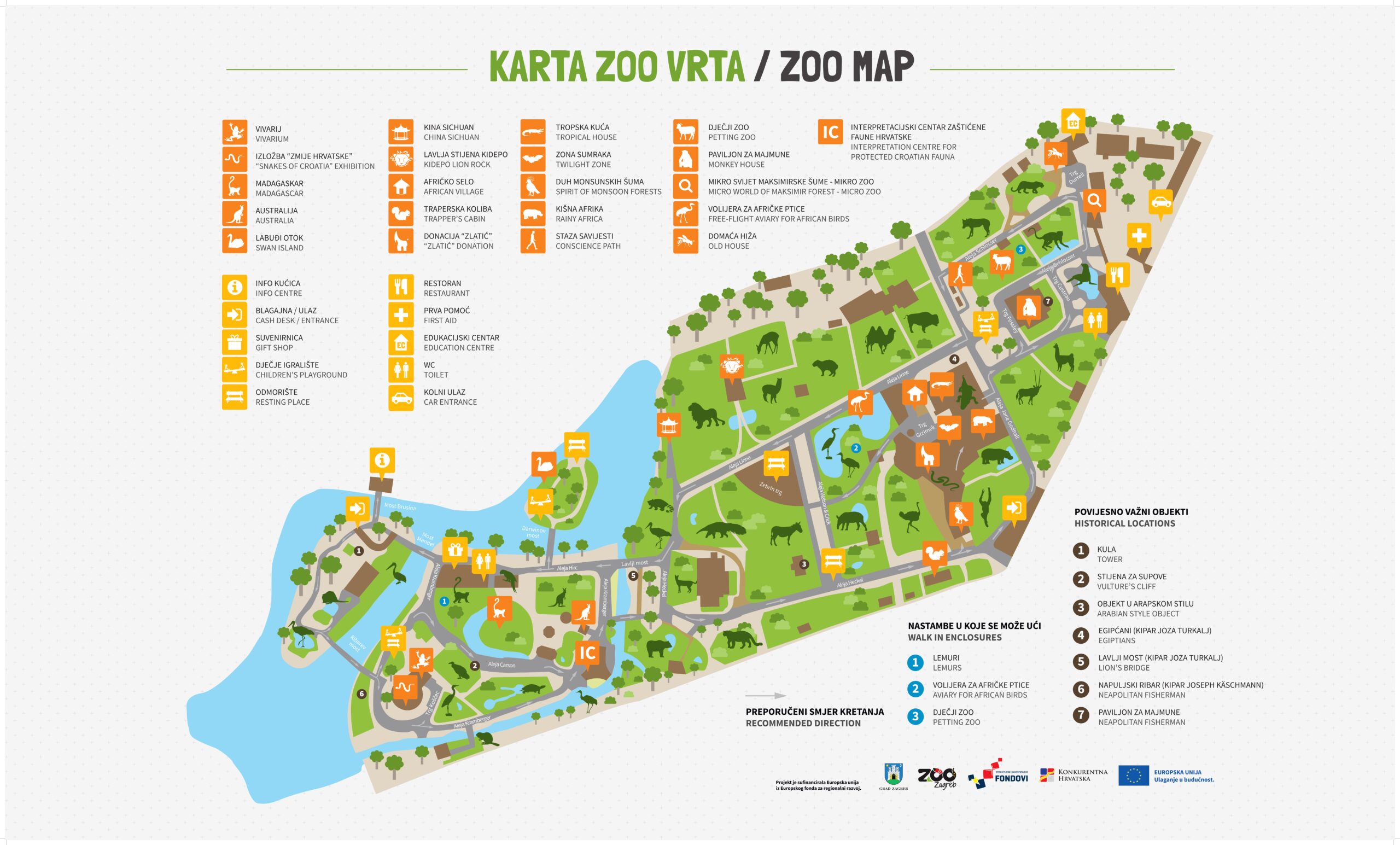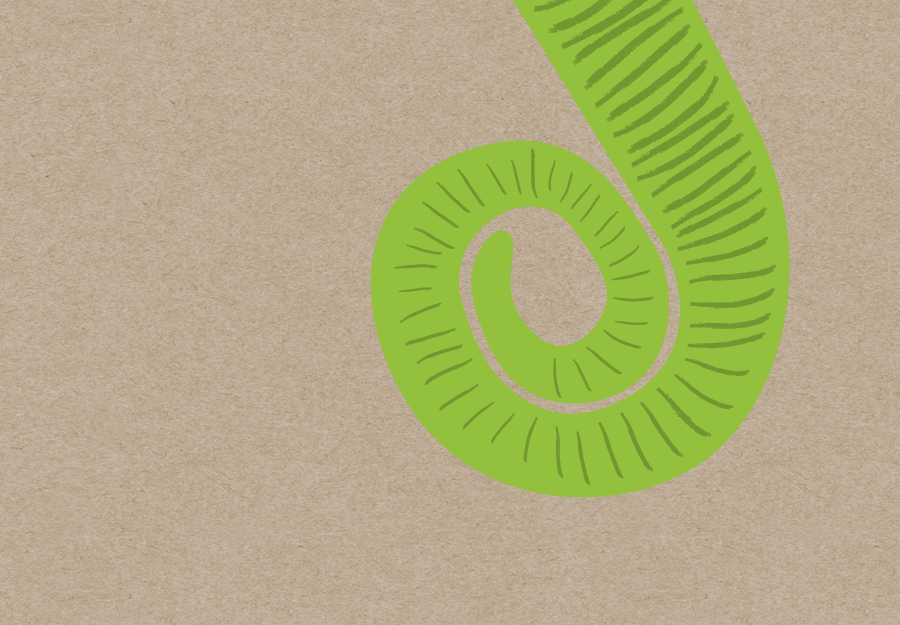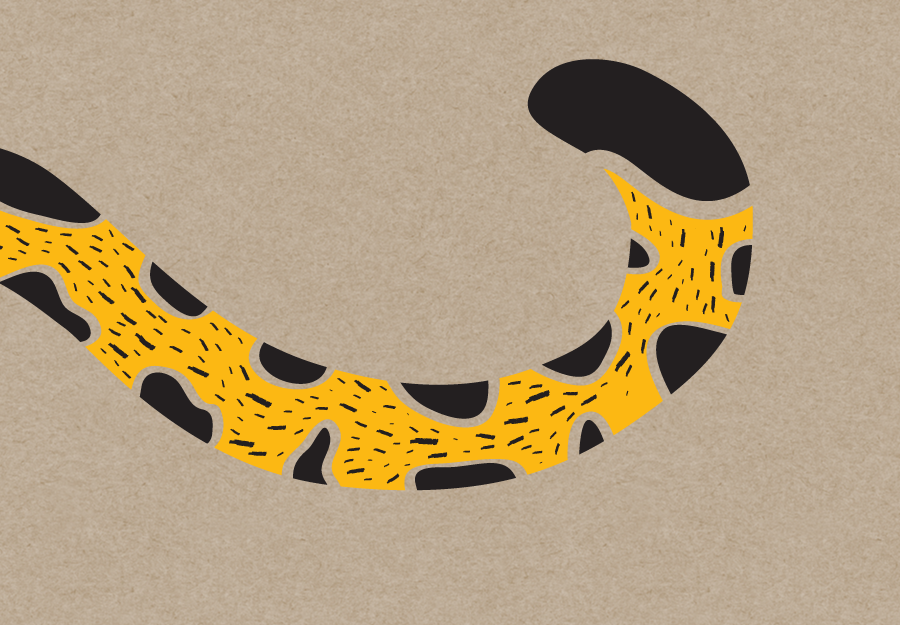Discover Zagreb Zoo – A Haven for Wildlife and Conservation
Mission: “We save wildlife through conservation, research and education by providing experiences that excite, inspire and engage the community.”
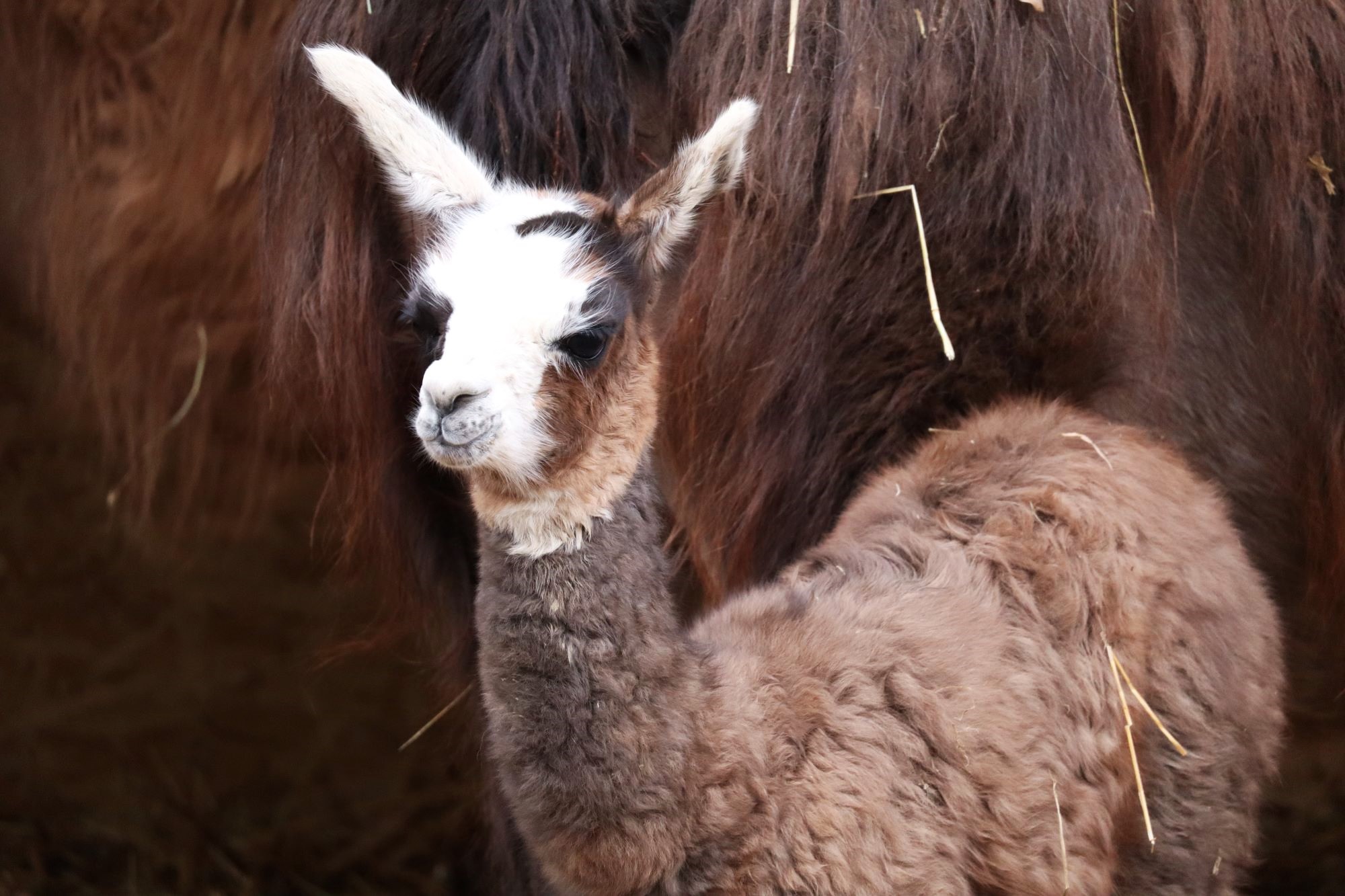
UNDER CONSTRUCTION

UNDER CONSTRUCTION

UNDER CONSTRUCTION
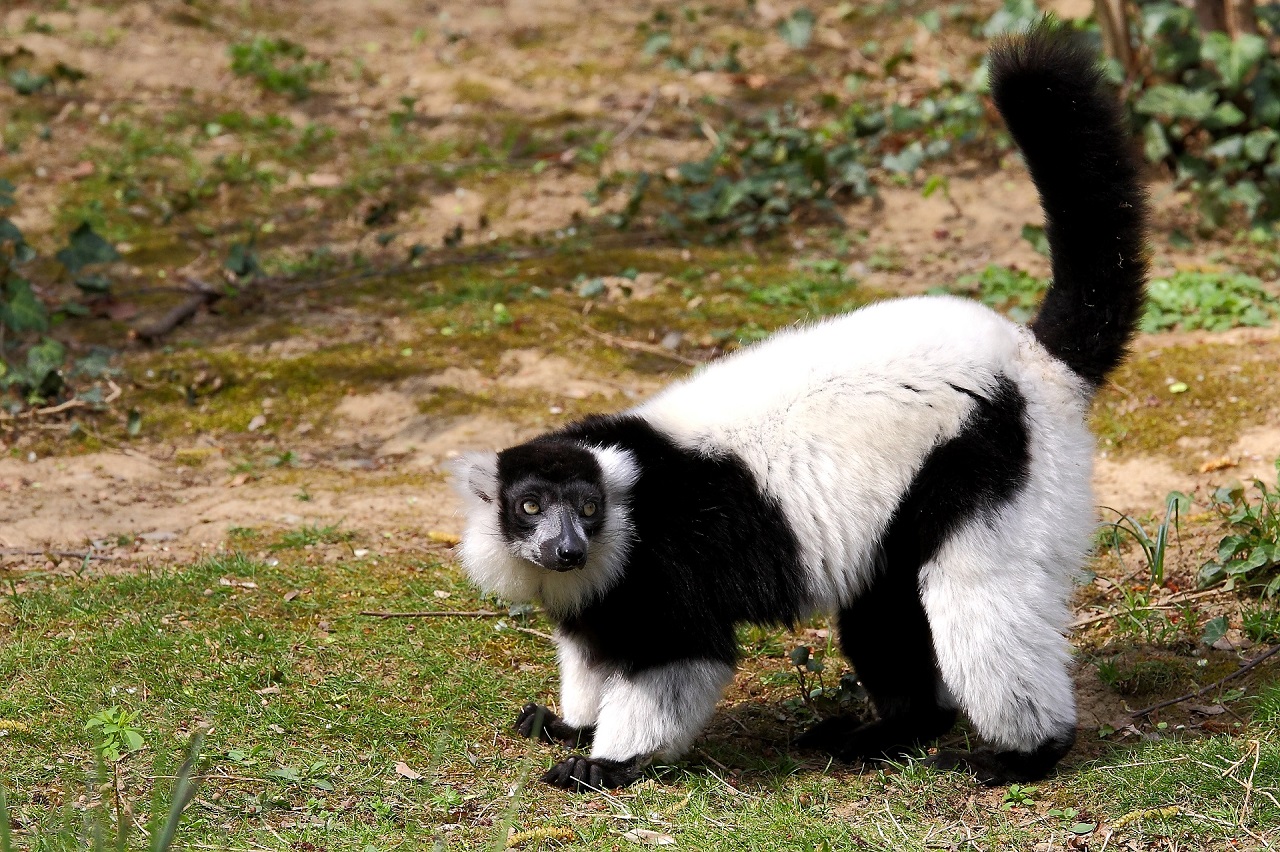
UNDER CONSTRUCTION



